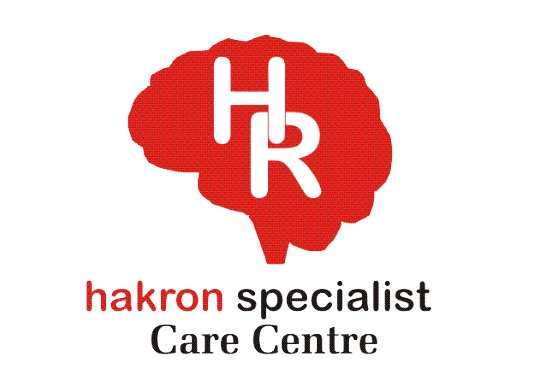Types of Depressive Disorders
Depression is not a single, uniform condition; rather, it encompasses a spectrum of disorders, each with distinct clinical features, courses, and treatment considerations. The Diagnostic and Statistical Manual of Mental Disorders, Fifth Edition (DSM‑5), provides clinicians with a framework for differentiating these depressive disorders — thereby guiding accurate diagnosis and optimizing intervention strategies. Here we examine the primary categories within this spectrum, highlighting their defining characteristics, epidemiology, and clinical implications.
Major Depressive Disorder (MDD)
Major Depressive Disorder, often referred to as clinical depression, is characterized by a pervasive low mood or loss of interest (anhedonia) in almost all activities persisting for at least two weeks. To meet DSM‑5 criteria, an individual must exhibit at least five of nine specific symptoms, such as significant weight change, sleep disturbances, psychomotor changes, fatigue, feelings of worthlessness or guilt, diminished concentration, and recurrent thoughts of death, nearly every day. One of the core symptoms must be either depressed mood or anhedonia.
MDD is among the most common mental health disorders worldwide. Lifetime prevalence estimates range from 10 to 20 percent in high‑income countries, with annual prevalence approximating 7 percent in adult populations. Episodes vary in duration — most remit within six months to a year, yet 20–30 percent of individuals experience chronic or recurrent courses. Risk of relapse increases after each episode, underscoring the importance of maintenance strategies once remission is achieved.
MDD significantly impairs occupational, social, and cognitive functioning. It elevates risk for comorbid conditions, particularly anxiety disorders, substance use disorders, and medical illnesses such as cardiovascular disease. If left untreated, MDD can lead to suicide in up to 15 percent of affected individuals. Comprehensive treatment typically involves a combination of psychotherapeutic approaches (such as, cognitive behavioral therapy, interpersonal therapy) and pharmacotherapy (selective serotonin reuptake inhibitors, serotonin–norepinephrine reuptake inhibitors, or other antidepressants).
Persistent Depressive Disorder (PDD)
Persistent Depressive Disorder, previously termed dysthymia, is characterized by chronically depressed mood lasting for at least two years (one year in children and adolescents). Although symptom severity is generally milder than in MDD, PDD demands a continuous course with at least two additional depressive symptoms such as, appetite changes, sleep disturbance, low energy, low self-esteem, poor concentration, or feelings of hopelessness.
PDD affects approximately 1.5 to 3 percent of adults over their lifetime. Given its chronicity, individuals often normalize their low mood as part of their personality, delaying help‑seeking and prolonging functional impairment. While episodes of full‑blown major depression can overlay PDD (termed “double depression”), some individuals sustain a chronic low‑grade depressive state for decades.
The persistent nature of PDD often leads to ingrained negative cognitive schemas, that is self‑deprecating beliefs that perpetuate low mood. Psychotherapeutic interventions, particularly cognitive behavioral therapy with an emphasis on restructuring persistent negative thoughts, are central. Antidepressant medication can augment therapy, although response rates may lag behind those seen in acute MDD.
